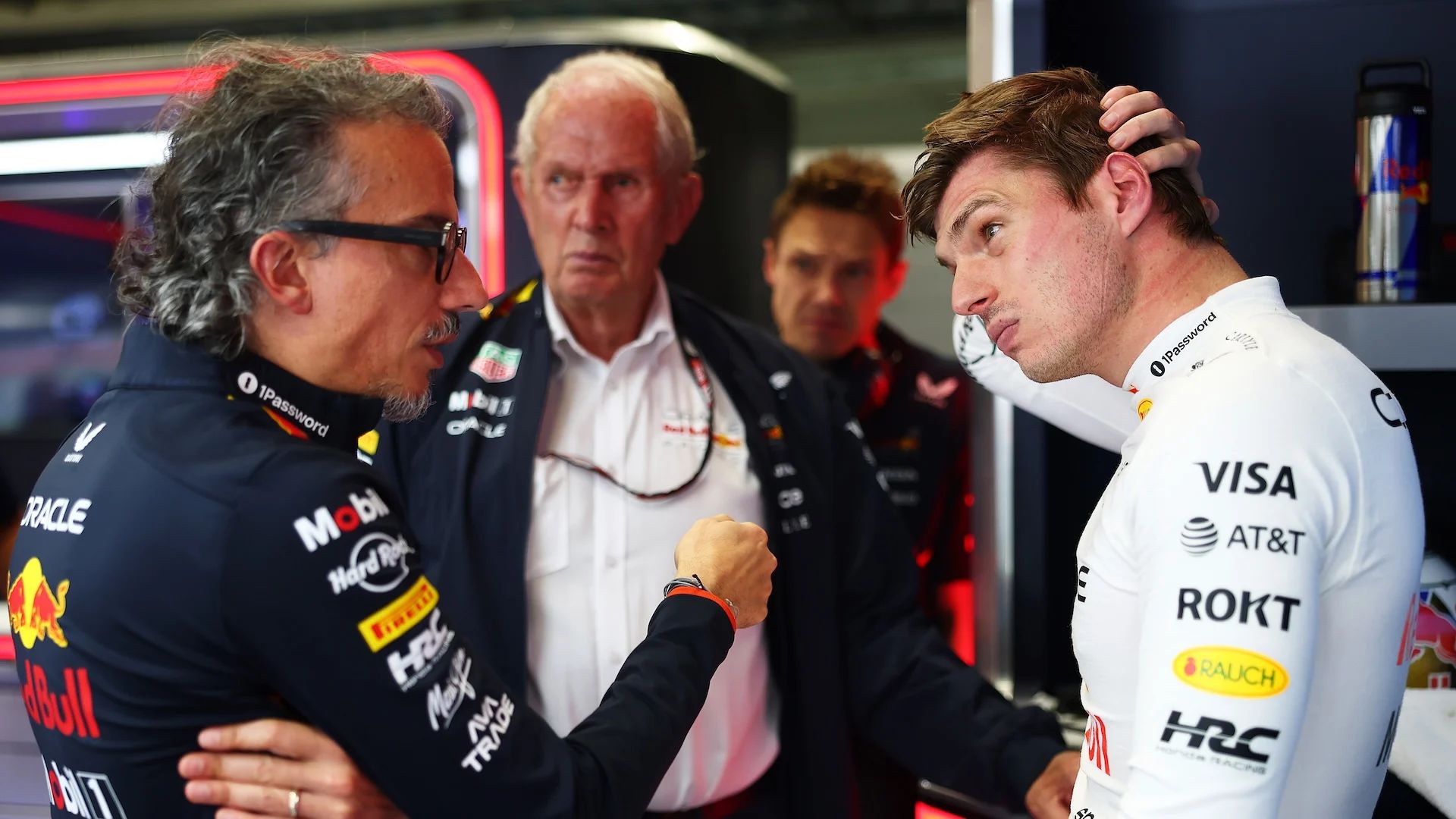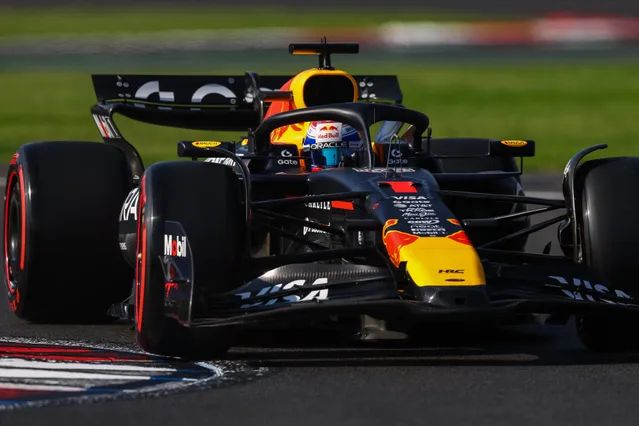Red Bull Chief Reveals Max Verstappen’s True Reaction to the Team’s Huge 2026 Engine Project
Red Bull Racing is preparing for one of the biggest transformations in its modern Formula 1 history as the 2026 regulations approach—an era that will see the team evolve from merely running rebadged Honda engines to becoming a full-fledged power unit manufacturer for the very first time. This monumental shift is being spearheaded by Red Bull Powertrains (RBPT), and according to the division’s technical director Ben Hodgkinson, one person already deeply intrigued by the project is none other than triple World Champion Max Verstappen.
Hodgkinson recently revealed that Verstappen conducted a private tour of the brand-new RBPT facility in Milton Keynes—a state-of-the-art power unit factory created specifically for the upcoming engine rules. The Dutchman, who is known for his intense curiosity and sharp technical mind, reportedly left with a strong sense of admiration for the massive engineering effort underway.
Since 2022, Red Bull has raced with Honda-built engines that carry RBPT branding. Although the Japanese manufacturer formally withdrew from F1 after 2021, it continued producing and supporting the engines under agreement with Red Bull. That arrangement, however, ends with the arrival of the new 2026 hybrid rules. For the first time ever, Red Bull will be producing its own engines from scratch, supported by an important strategic partner: Ford. The American automotive giant is contributing engineering expertise and electrification knowledge as Red Bull prepares for what will be a more electric-focused power unit.
The 2026 engine regulations include several major changes:
Cars will rely far more on electrically generated power.
Battery output rises dramatically—from the current 120kw to 350kw, nearly tripling the electric deployment available to drivers.
The MGU-H, which recovers heat energy from the turbocharger, will be abolished entirely.
Internal combustion efficiency becomes a new battleground.
These changes mean that both the style of power delivery and the way drivers manage energy on track will become significantly more complex. Red Bull sees that as an opportunity, both technically and competitively.
During Verstappen’s tour, Hodgkinson explained that the world champion was given an unusually detailed look behind the scenes. Not only did he see the manufacturing areas and test rigs, but he also witnessed prototype engines running on dynos—complete with the first glimpse of how the 2026 Red Bull power unit will sound. For someone as attuned to mechanical detail as Verstappen, this was a major moment.
According to Hodgkinson, Verstappen’s reaction was unmistakable. He was “impressed,” not just by the machinery itself but by the sheer depth of work taking place inside the facility. Most visitors, Hodgkinson noted, are “flabbergasted” by the complexity and scale of the operation—yet Verstappen went one step further, immediately engaging with the finer technical elements and asking detailed, smart questions. The Red Bull chief emphasized that Verstappen’s natural understanding of engineering concepts is one of his often-underrated strengths as a driver. His ability to interpret mechanical and aerodynamic behaviour gives him an edge on the track—and Red Bull expects that edge to grow with the 2026 package.
So far, Verstappen has had limited involvement in shaping the new engine, but that is expected to change rapidly. As RBPT prepares to begin integrating the power unit into simulators, Verstappen will soon play a pivotal role in defining how the car should behave and how the power delivery should be optimized for racing conditions. The transition to 2026 machinery presents a major learning curve for every driver, especially with the more complex energy management systems. Hodgkinson believes this challenge is precisely the type of environment in which Verstappen will excel, perhaps even widening the performance gap between himself and the rest of the grid.
“It’s going to be tricky to extract the perfect lap with this new system,” Hodgkinson admitted. The combination of higher electrical demands, different battery deployment strategies, and the absence of the MGU-H will force drivers to adapt their style significantly. But in that challenge lies opportunity—especially for someone as adaptable, instinctive, and technically minded as Verstappen.
Red Bull is one of only two new engine suppliers entering F1 in 2026, joining Audi, while Honda is also set to return as a full works partner with Aston Martin. With the sport heading into one of its most dramatic regulatory resets in decades, the groundwork being laid today could shape the competitive landscape for years to come.
If Verstappen’s early reaction is anything to go by, Red Bull appears confident that its bold leap into engine manufacturing is not only feasible but filled with enormous potential—and their star driver is already fully invested in the vision.




